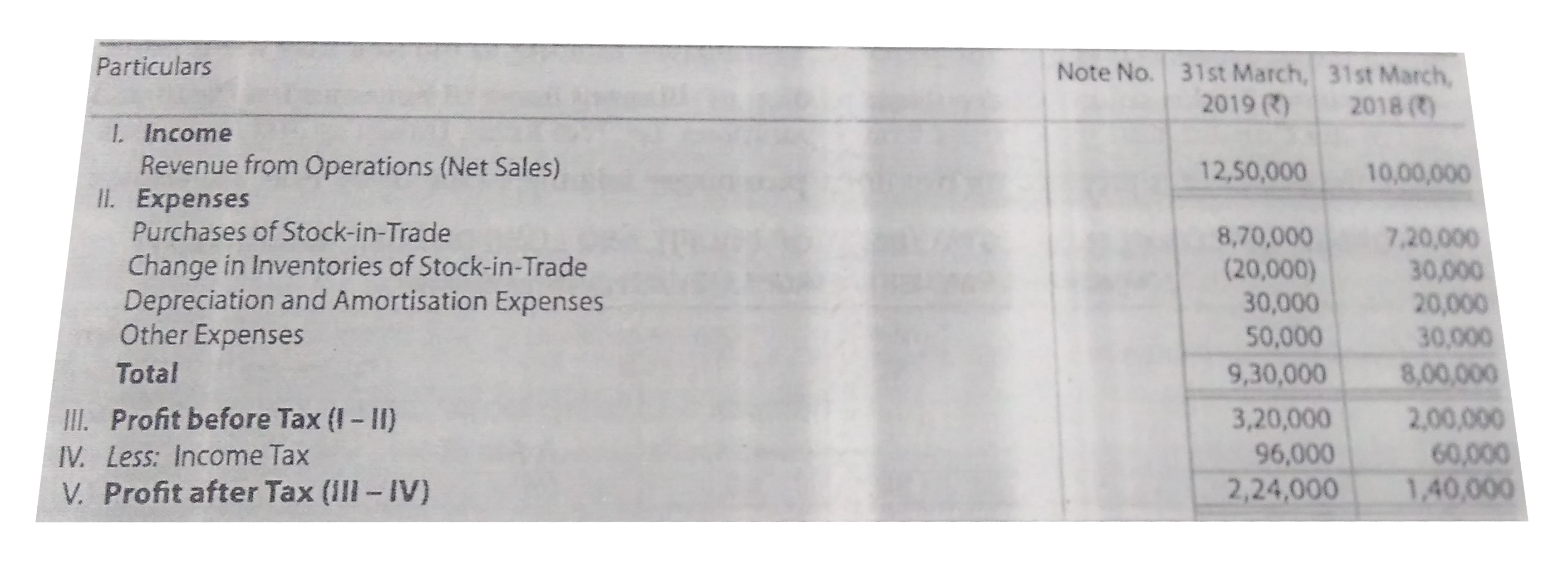Statement: Unless we give sufficient autonomy to them, these units will not be profitable.
Assumptions:I. These units are not profitable.
II. These units can become profitable.
III. Autonomy is a necessary condition for profitability
I and II are implicit
II and III are implicit
I and III are implicit
All are implicit
The correct Answer is:D
The word "unless implies that presently there is neither autonomy nor profit in the units. Hence, I is implicit. II and III are obvious.
Similar Questions
Knowledge Check
In each of the following questions, a is followed by information given in three statements. You have to decide the information given in which of the statements is necessary and sufficient to answer the question.
The company earned how much profit in the year 2002 ?
(1) In 2001 the company earned 40% more profit which earned in the year 2003
(2) The company earned the profit of 20 crores together in the year 2001 and 2002
(3) The company earned in 2003, 80% profit which was earned in the year 2002 .AAny two of (1), (2) and (3) are sufficientBEither (1) and (2) or (2) and (3) are sufficientC(1) and (2) or (3) are sufficientD(1), (2) and (3) all the three are necessary to answerQuestion Stimulus :-
Fill in the blank with the correct preposition.
We brought .....the puppies carefully and sold them for a good profit.AaboutBdownCupDoff
We bought 100 kg rice. Some quantity of them is sold at8% profit and some is sold at 18% profit. Therefore overall profit is14%. Find the quantity of rice of both part.
View SolutionStatement I: Fundamental units are the units for measuring fundamental quantities.
Statement II: Metre is the unit of length.
View SolutionFrom the following Statement of Profit and Loss, prepare Common size Statement of Profit and Loss and give comments:

View SolutionThe demand function of an output is x=106−2p, where x is the output and p is the price per unit and average cost per unit is 5+x50. Determine the number of units for maximum profit
View SolutionIs it necessary to revalue the assets and liabilities if there is a change in profit sharing ratio of the existing partners ? Give reason.
View SolutionState whether the following statements are True or False :
(i) Assets are revalued and liabilities are reassessed at the time of admission of a partner.
(ii) Accumulated profits and losses are transferred to Revalution Account at the time of admission of a partner.
(iii) Constingent liability becoming a certain liability is debited to Revalution Account at the time of admission of a partner.
(iv) The purpose of Revaluation Account is to ascertain the gain/loss arising on account of Revaluation of Assets and Reassessment of Liabilities.
(v) A new partner is liable is liable for the past losses of the firm.
(vi) On revaluation of assets and liabilities, Capital Accounts of old partners do not change.
(vii) Old Partners are not allowed to withdraw the amount of the goodwill brought in by the new parnter.
(viii) Unless agreed otherwise, the new profit-sharing ratio of old partners will be the same as their old profit-sharing ratio.
(ix) It is necessary that partners should have capitals in their profit-sharing ratio.
(x) A new partner brings goodwill into the firm to acquire right to share the future profit of the firm.
View Solution
